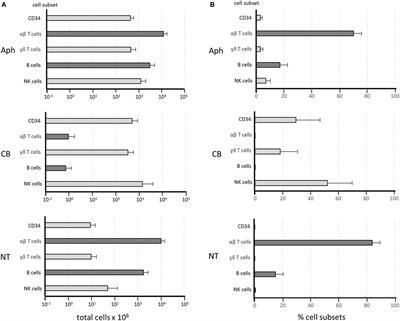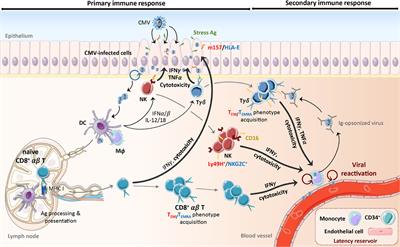ORIGINAL RESEARCH
Published on 23 Mar 2017
Preservation of Antigen-Specific Functions of αβ T Cells and B Cells Removed from Hematopoietic Stem Cell Transplants Suggests Their Use As an Alternative Cell Source for Advanced Manipulation and Adoptive Immunotherapy

doi 10.3389/fimmu.2017.00332
- 2,384 views
- 1 citation





